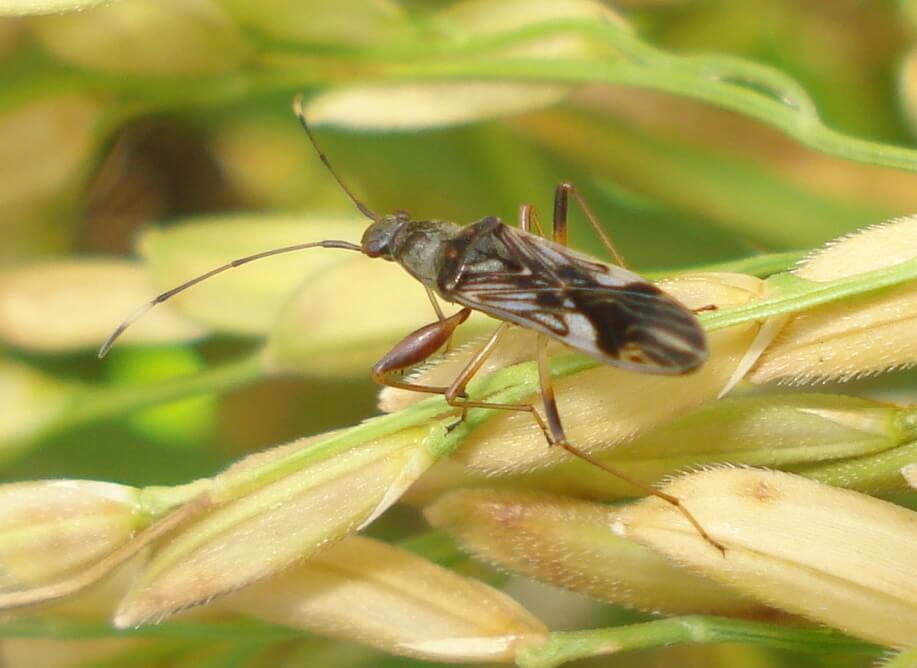
SCIENCE CITY OF MUÑOZ (PIA) — Philippine Rice Research Institute (PhilRice) recommends effective insect pest management in the rice fields.

This is in line with the agency’s PalayCheck System, specifically Key Check 7, which focuses on pest control in rice fields to prevent significant yield loss.
PhilRice Crop Protection Division Senior Science Research Specialist Evelyn Valdez said the five major rice insect pests are the brown planthopper, stem borer, rice black bug, rice bug, and green leafhopper.
She explained that insects become pests when their population exceeds normal levels or when they pose a threat of causing damage.
“This situation occurs when the insects’ population and the damage they cause are seen over a long period and in a wide area,” Valdez added.
As such, PhilRice provided general recommendations to address these concerns.
Initially, farmers are advised to plant rice varieties resistant to common pests in the area.
“This is what we call the first line of defense – the use of resistant varieties. Let’s find out what common insect pests are in our area. Resistant variety is the very first recommendation to address the problem,” Valdez explained.
Another effective method is to provide sufficient fallow periods without rice crops in the field, which can interrupt the reproduction of pest insects.
However, farmers may plant other crops, such as mung beans, to utilize the fallow period.
“Just avoid planting rice immediately to break the life cycle or reproduction of the insect pests,” Valdez emphasized.
Additionally, regularly visiting and inspecting crops in the field is crucial for early detection and management of pest infestations.
Valdez reiterated the importance of this method for immediate intervention.
“Because when it becomes severe, even chemical control might not work anymore,” she stressed.
Furthermore, fostering and allowing the proliferation of beneficial insects can also naturally help control pest populations.
Valdez mentioned that ecological engineering in the rice fields can be favorable to the reproduction of beneficial insects.
Lastly, farmers are suggested to avoid excessive use of nitrogen fertilizer and unnecessary application of chemical insecticides, as these can disrupt the ecosystem balance and potentially worsen pest problems.
“The chemical control or use of insecticides is a last resort; the ultimate remedy. Chemical control is corrective, not preventive. When we say corrective, we need to use it because the insect population is already too high, so we need to use insecticides,” Valdez explained.
By following these guidelines, problems related to pests in the rice fields are expected to be mitigated.
For additional information, farmers may contact the PhilRice text center hotline at 0917-111-7423 or visit the official website at www.philrice.gov.ph. (CLJD/MAECR-PIA 3)




